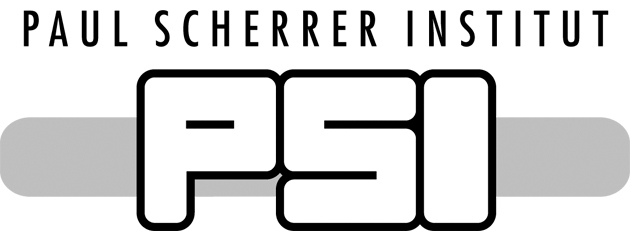
Thursday, March 23, 2023, 16:00
WHGA Auditorium
Stanislav Pospíšil, IEAP CTU in Prague
Abstract:
The talk will be devoted to development of hybrid pixel detectors which
started within the Medipix collaboration about 20 years ago with primary
goal to get a detector for high-resolution X-ray imaging based on
noiseless single photon counting. Successful application of Medipix
detectors stimulated the development of Timepix R/O chip, aiming on
determination of the energy deposited by individual radiation quantum in
detector sensor by means of time over threshold (ToT) technique, or time
of its arrival (ToA) in the detector sensor. Basic experimental tests
with Medipix/Timepix-type detectors revealed then that the pixel
structure with silicon semiconductor sensors enables microscopic images
of tracks of ionising particles with a precision resembling nuclear
emulsion, but in the real time. This contributed decisively to further
use of Timepix detectors. Indeed, the noise free measurement of the
"charge sharing" between pixels along a particle track allows for the
determination of the particle flight coordinates with deep subpixel
resolution. Measurement of dE/dx of a particle crossing the sensor
pixels, possibly completed by recording of delta-electrons associated
with the particle, and/or products of its interactions with atomic
nuclei of the sensor, allowed estimating arrival time, type and energy
of an individual particle — something like "the particle track pattern
recognition."
The arrival of Timepix3 R/O ASICs permitted further development of "particle tracking" in a single pixelated sensor. The Timepix3 detectors measure simultaneously the charge/energy deposited by the particle in every activated pixel of the sensor and the time of its activation with the resolution of about 1.6 ns. This has opened the way for the use of Timepix3 detectors in ToF experiments or for synchronized/coincident particle detection, e.g., in a telescope composed of several layers of the detectors. Furthermore, the time resolution also allows the measurement of the charge drift time as a function of the depth of its generation in the silicon sensor with resolution of about 50 μm. In this sense, Timepix3 operates as a solid-state Time Projection Chamber for identification and 3D-tracking of impinging particle with virtual voxels of about 50x50x50 μm3.
The above-described progress in development of Timepix hybrid pixel
detectors, resulting from many years of creative cooperation within the
worldwide Medipix 2/3/4 collaborations, has naturally manifested itself
in number of new applications, often in originally unintended research
fields. Therefore, in the lecture will be presented results of
experiments demonstrating how these "high resolution position and energy
sensitive detectors of ionizing radiation" have been used for testing of
Si, Si-3D, GaAs or CdTe sensors, as well as for X-ray and neutron
imaging, dosimetry, hadron therapy, nondestructive structural analysis
in biology and inanimate materials, and in space. Finally, a substantial
part of the lecture will be devoted to the perspectives of the concept
of "tracking and recognition of particles" by Timepix3 detectors
resulting from their use so far in the ATLAS and MoEDAL experiments at
CERN, for future nuclear and particle physics at accelerators and in
space.